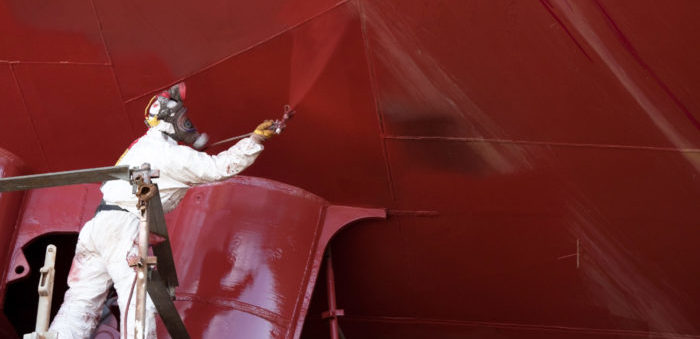IUMI’s Rama Chandran, Chair of the IUMI Ocean Hull Committee stated that the hull market continues to suffer from the ever-ageing – and less valuable – fleet coupled with depressed newbuilding prices.
Specifically, Mr Chandran highlighted that the COVID-19 pandemic and its impact must be closely monitored, while vessel utilization in some vessel sectors has significantly reduced and this has been reflected in an unusually low claims environment.
He added that
The ocean hull market has been operating unsustainably for many years and is now at a level where premiums will cover attritional losses only. Although COVID-19 has introduced additional uncertainty into our sector we are observing signs of a market recovery.
According to IUMI’s Facts & Figures Committee, the total 2019 global ocean hull premiums reached the USD 6.9 billion which is a very small increase of 0.2% from last year. However, there have been indications of a more significant market development recently and I am confident that the ocean hull sector is now on an upward trajectory – although the current gradient of the recovery remains shallow.
We are starting a recovery from a very low and unsustainable base where our sector has suffered technical underwriting losses almost every year since 2005,
… he added.
The 2019 IUMI numbers show that global premiums have now stabilized and although the gap still remains, it is not widening so rapidly.”
Chandran believes there is cause for cautious optimism as the 2019 numbers do not account for the shrinkage of underwriting capacity in the hull market which really only took effect at the end of 2019 and early 2020. This was particularly felt in the London market where Lloyd’s took the decision to withdraw a number of marine syndicates.
It was also noted that total losses have reduced across all vessel types and this is extremely good news, but we are still seeing a worryingly high number of major on-board fires, particularly on containerships and – earlier this year – on a car carrier and a VLCC.

































































